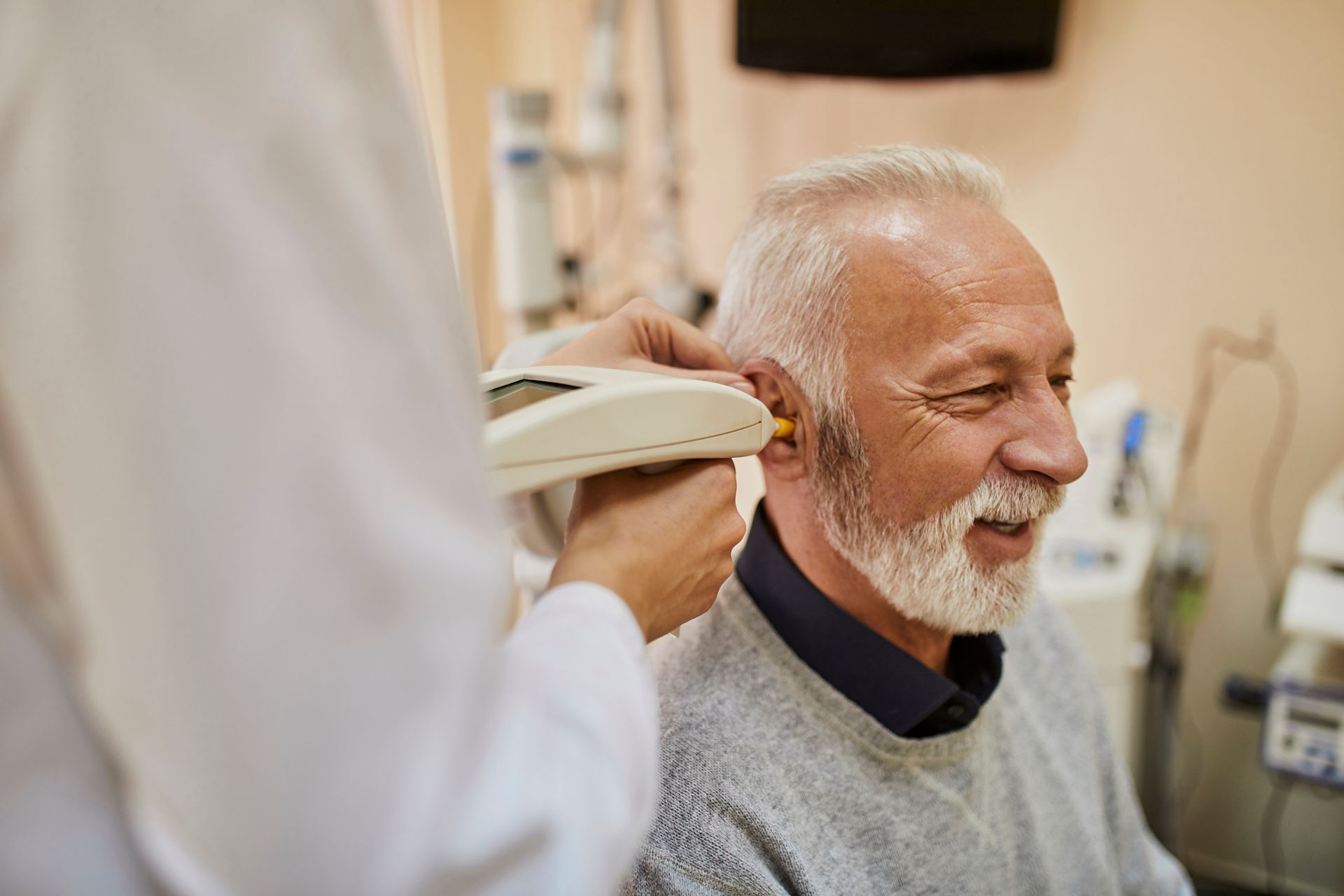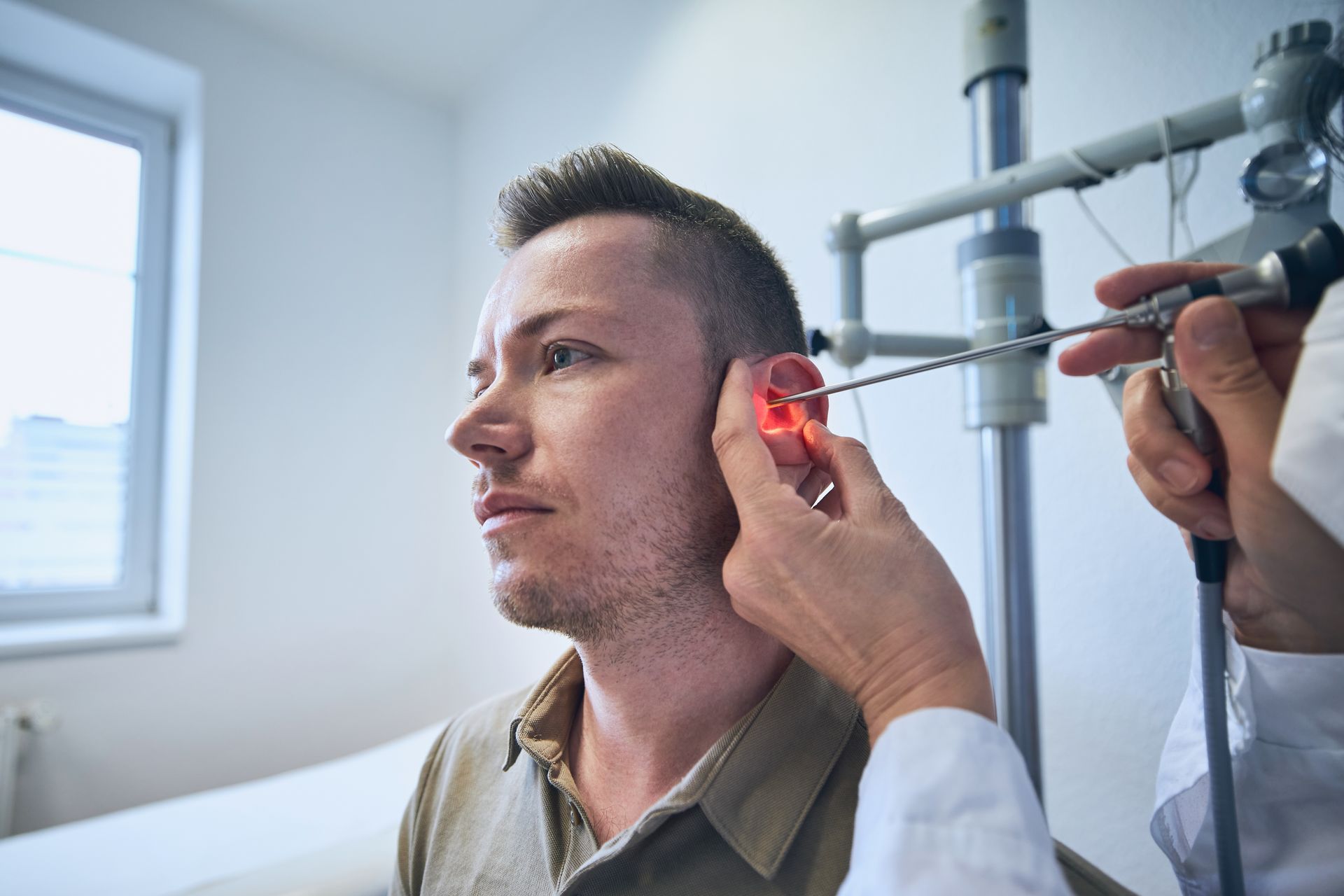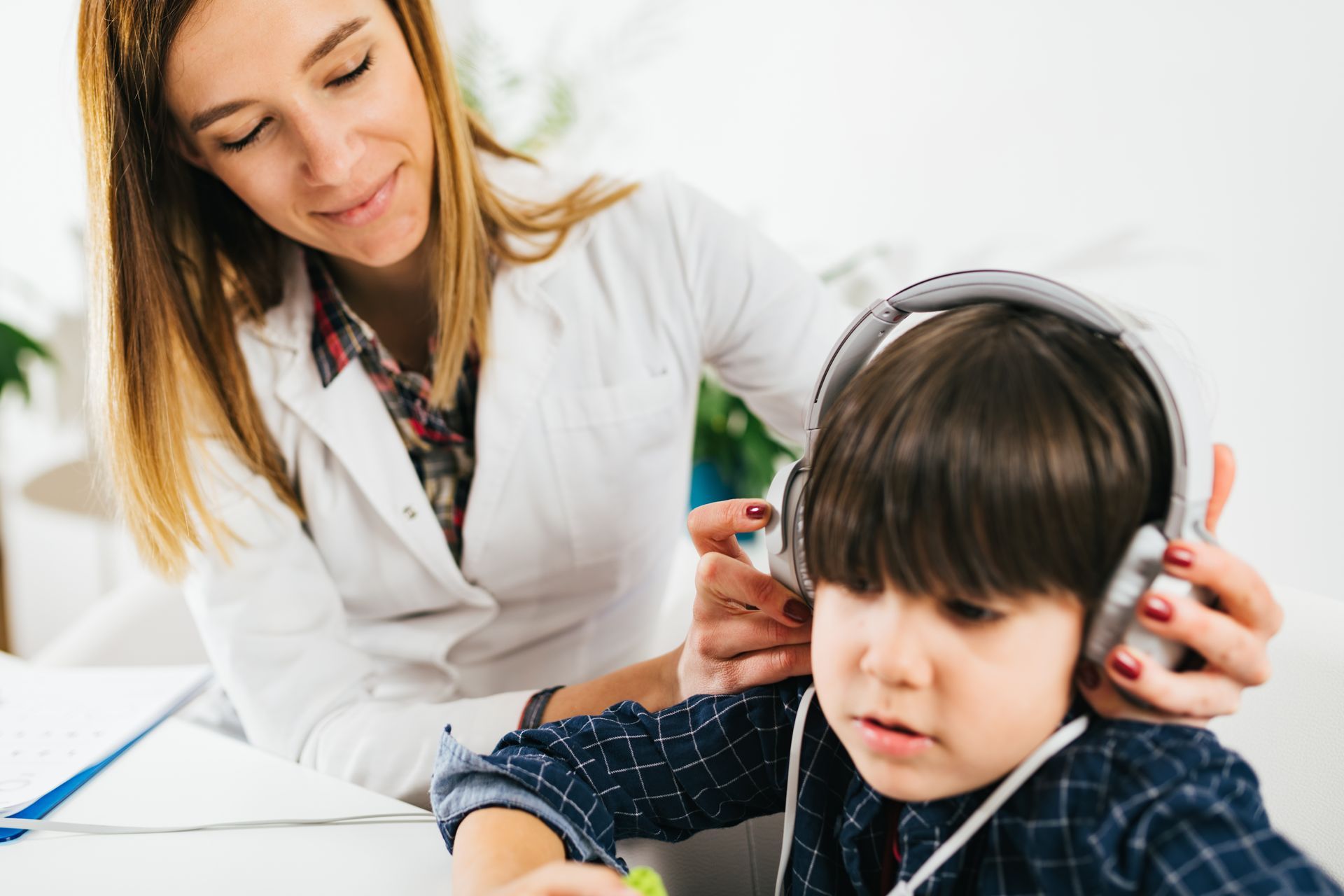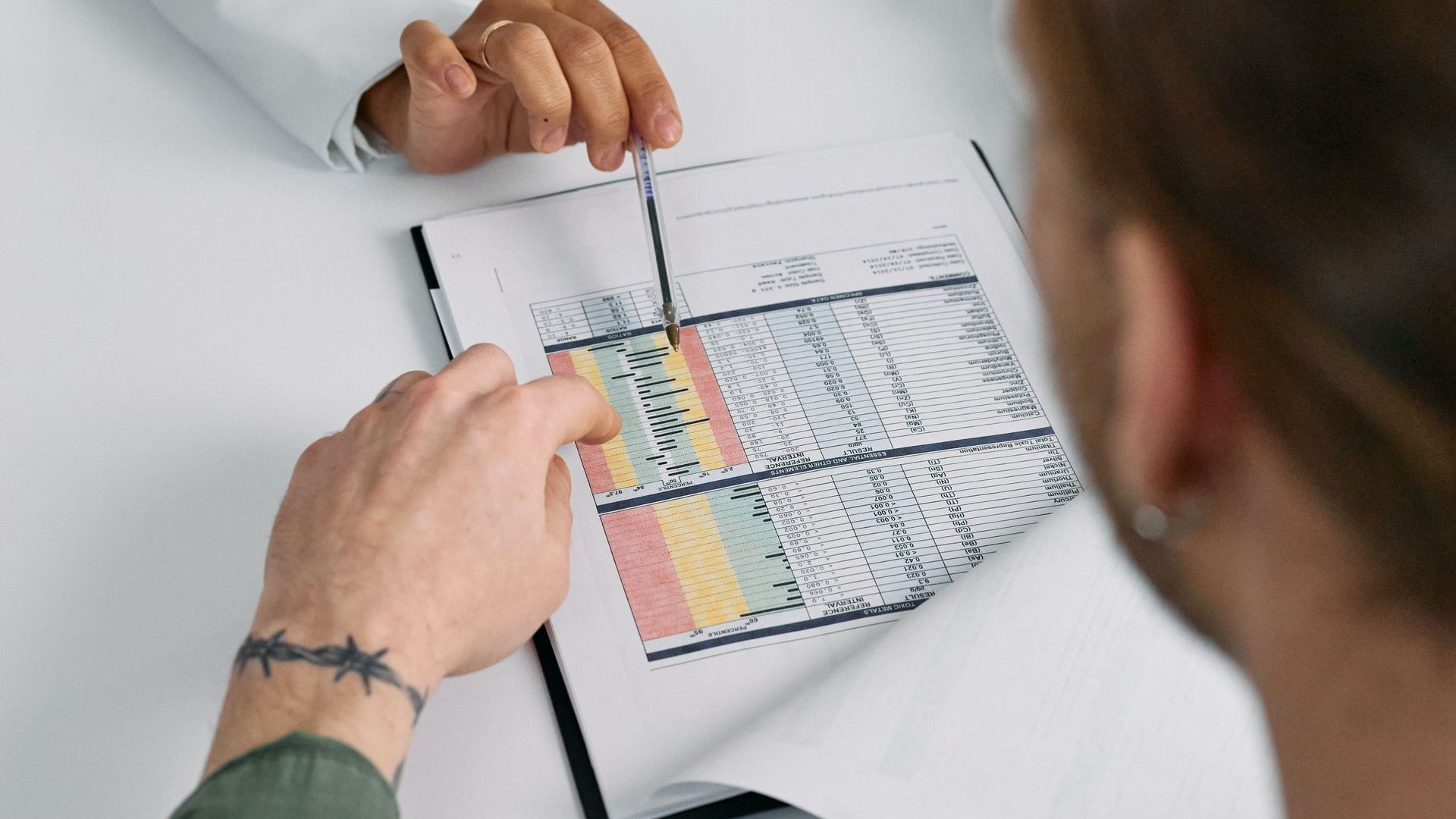What to Expect at a Hearing Test
Statistics indicate that most people wait seven years on average before seeking treatment for their hearing loss. But as with a lot of medical conditions, early intervention means a much better chance of a positive result.
You may have arranged a hearing test and wondered what to expect, or you may be considering hearing aid testing but are not sure if you need one. Either way, this guide is for you.
Hearing tests are speedy and pain free. They provide audiologists with valuable insight into your overall hearing condition and the best treatment options. Here's a breakdown of what to expect at your hearing test.
A Hearing Health History
We first ask you some questions about your general medical history and experience with hearing. We might ask about your symptoms, your history of exposure to noise, the history of hearing loss in your family, and the specific situations where you have hearing trouble. Feel free to write down notes ahead of time so you're more comfortable and prepared for the evaluation
An Ear Examination
We'll take a closer look at your ears as part of the audiology testing. This is entirely non-invasive. With a video otoscope, we'll examine your ear canal and search for any signs of damage, disease, or infection that could impair your hearing, as well as check to see if you have an earwax buildup that may contribute to your hearing difficulty. Video otoscopy allows you to view your ear canal on a TV screen.
Hearing Tests
Next, we’ll conduct a hearing test in a private space or booth that is equipped with sound. This controlled environment filters out external sounds, which might interfere with your results.
Although we have several tests that we can conduct, most hearing examinations include the following two tests:
- Pure-tone Testing
- Word Recognition Test
The Results
The good news about hearing tests is that you get your results almost immediately. There is no waiting around for a week in anticipation.
The results are displayed on a graph that we call an audiogram, a visual representation of the frequencies and decibels of the hearing capacity. It will report the percentage of regular conversational speech you can hear. We will review your hearing tests with you, and you'll learn about the type, nature, and degree of your hearing loss if a hearing loss is found.
The hearing loss level is measured in decibels (dB) using the following classifications:
- Normal Hearing (0 to 25 dB)
- Mild Hearing Loss (26 to 40 dB)
- Moderate Hearing Loss (41 to 70 dB)
- Severe Hearing Loss (71 to 90 dB)
- Profound Hearing Loss (more than 91 dB)
A Discussion Of Your Options
If the tests show that you would benefit from hearing treatment, we can then discuss your options.
Most levels of hearing loss can be treated with hearing aids. There are models to suit every lifestyle and every budget. Our team will discuss your options with you, using the findings of your hearing test. We work with you to find the best solution for your hearing needs.
We will get back to you as soon as possible
Please try again later




